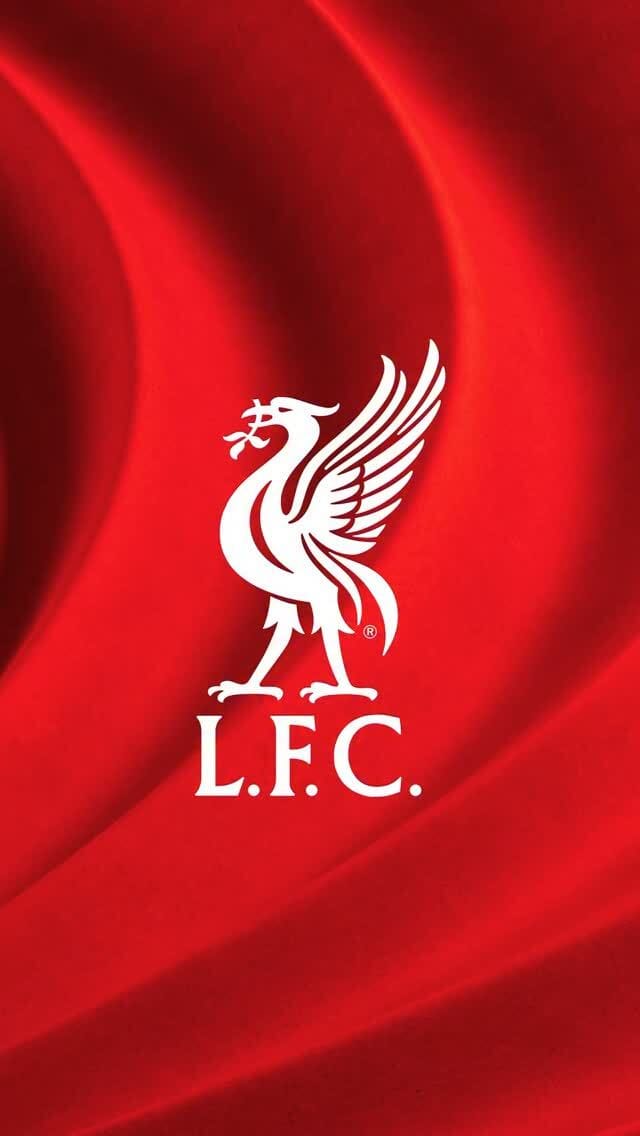- Beyond The Brief
- Posts
- The Cost of Rebranding
The Cost of Rebranding
The difference between a smart rebrand and a $50M disaster.

Hey!
Just noticed my favourite club tweaked its brand.
Not a full rebrand, just a tweak – a modernised crest, refined typography, a more polished art direction. The club explained it all in a slickly produced reel, tying the changes to digital-first needs. The response? Mostly positive. Why? Because they respected heritage while keeping up with the times.
Now, not every rebrand is as smooth as Liverpool’s. Many brands, from global corporations to local businesses, embark on rebranding efforts that end in disaster.
They chase trends, alienate core audiences, and, in the worst cases, erase the very thing that made them special.
Here are a few examples:
Rebranding Done Right: Old Spice
Old Spice was a brand for grandpas. By the early 2000s, it had lost its appeal to younger men. Sales were stagnant, and the brand was stuck in the past. Then came 2010.
With one ad – The Man Your Man Could Smell Like – Old Spice transformed overnight. The campaign, starring Isaiah Mustafa, wasn’t just an ad; it was a cultural reset. Viral, funny, and wildly self-aware, it redefined what the brand stood for. More importantly, it drove real business results. Sales surged by 125%, and Old Spice became the best-selling men’s body wash brand. (Brandsonify. “Old Spice’s 2010 Rebrand | Brandsonify.” Brandsonify, April 22, 2022.)
Lesson? A great rebrand isn’t just about new logos and packaging. It’s about repositioning. Old Spice didn’t change its name; it changed its personality.
And it worked. But rebranding is a gamble—you risk alienating loyal customers in pursuit of new ones. Sometimes it’s a breakthrough, sometimes a bust.
Rebranding Gone Wrong: Jaguar
If you’ve been living under a rock, you might have missed this—but it’s too big to ignore.
Jaguar decided to chase a new audience. Instead of playing into its heritage of sleek British luxury, it pivoted to… whatever this is.
The new Copy Nothing campaign launched with a psychedelic ad that looked more like a fashion house trying too hard than an automotive brand. The logo was stripped of its iconic leaping cat. Social media backlash was instant and brutal.

Jaguar. “Jaguar | Copy Nothing,” November 19, 2024. https://www.youtube.com/watch?v=rLtFIrqhfng.
Here’s the irony: Jaguar needed a change. Its sales were plummeting. But instead of refining what made the brand great, it threw out everything recognisable. Now, instead of selling luxury, they’re trying to sell a vibe. And not a particularly good one.
Another Disaster: Tropicana’s $50M Mistake
Tropicana, owned by PepsiCo, decided to modernize its packaging in 2009. The old design was iconic – an orange with a straw. It screamed freshness.

Marion Andrivet, “What to Learn From Tropicana’s Packaging Redesign Failure?,” The Branding Journal, February 11, 2025, https://www.thebrandingjournal.com/2015/05/what-to-learn-from-tropicanas-packaging-redesign-failure/.
The redesign? Generic, lifeless, and forgettable. Consumers couldn’t recognise it on shelves. Even the ads were meh:

Marion Andrivet, “What to Learn From Tropicana’s Packaging Redesign Failure?,” The Branding Journal, February 11, 2025, https://www.thebrandingjournal.com/2015/05/what-to-learn-from-tropicanas-packaging-redesign-failure/
Within two months, sales plummeted 20%, costing Tropicana $30 million in lost revenue (Marion Andrivet, “What to Learn From Tropicana’s Packaging Redesign Failure?,” The Branding Journal, February 11, 2025).
They backtracked fast, reverting to the original packaging. Lesson? If it’s not broken, don’t fix it.
The Burger King Playbook: Rebranding With Roots
Unlike Jaguar and Tropicana, Burger King didn’t erase its history – it doubled down on it.
The 2021 rebrand saw the fast-food giant return to a 70s-inspired logo with a bold, playful visual identity. The move felt fresh and familiar.
Stock prices jumped 7.8%. Consumer preference for Burger King over McDonald’s increased by 66%.
It’s proof that sometimes, the best way forward is by looking back.
What You Should Remember:
✅ Know why you’re doing it. Rebrands aren’t just aesthetic exercises. They need a strategic reason.
✅ Respect your legacy. A good rebrand builds on history, not erases it.
✅ Differentiate. Don’t chase trends that make you look like everyone else.
✅ Test before launch. Audience reactions matter. Tropicana learned that the hard way.
✅ Branding isn’t just logos. Voice, positioning, and storytelling matter just as much.
Rebranding is a high-stakes game. Get it right, and you reinvigorate your brand. Get it wrong, and you alienate your audience overnight.
If this was useful, send it to a friend. And if you’ve seen a rebrand that made you cringe, let me know.
Best,
Marti


Reply